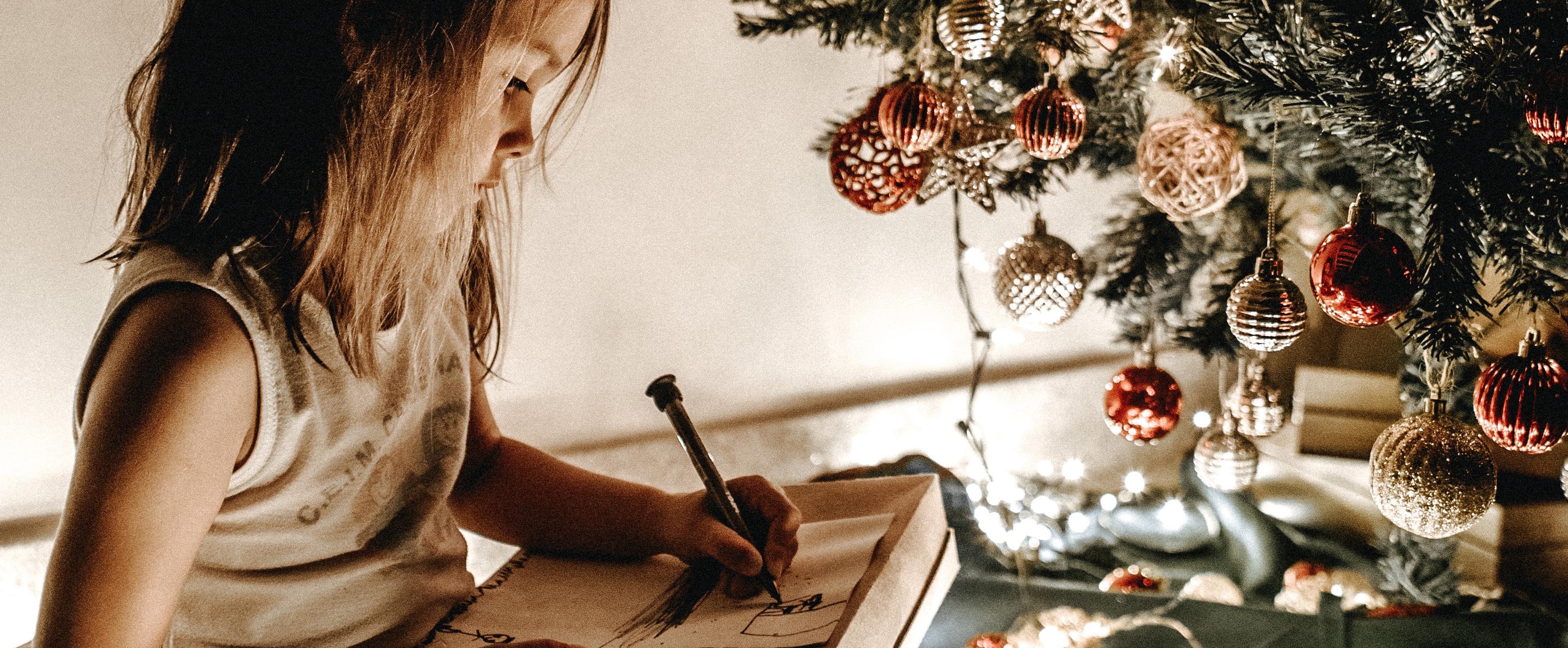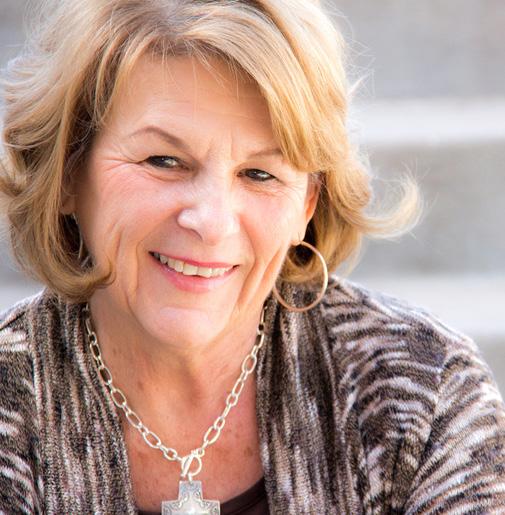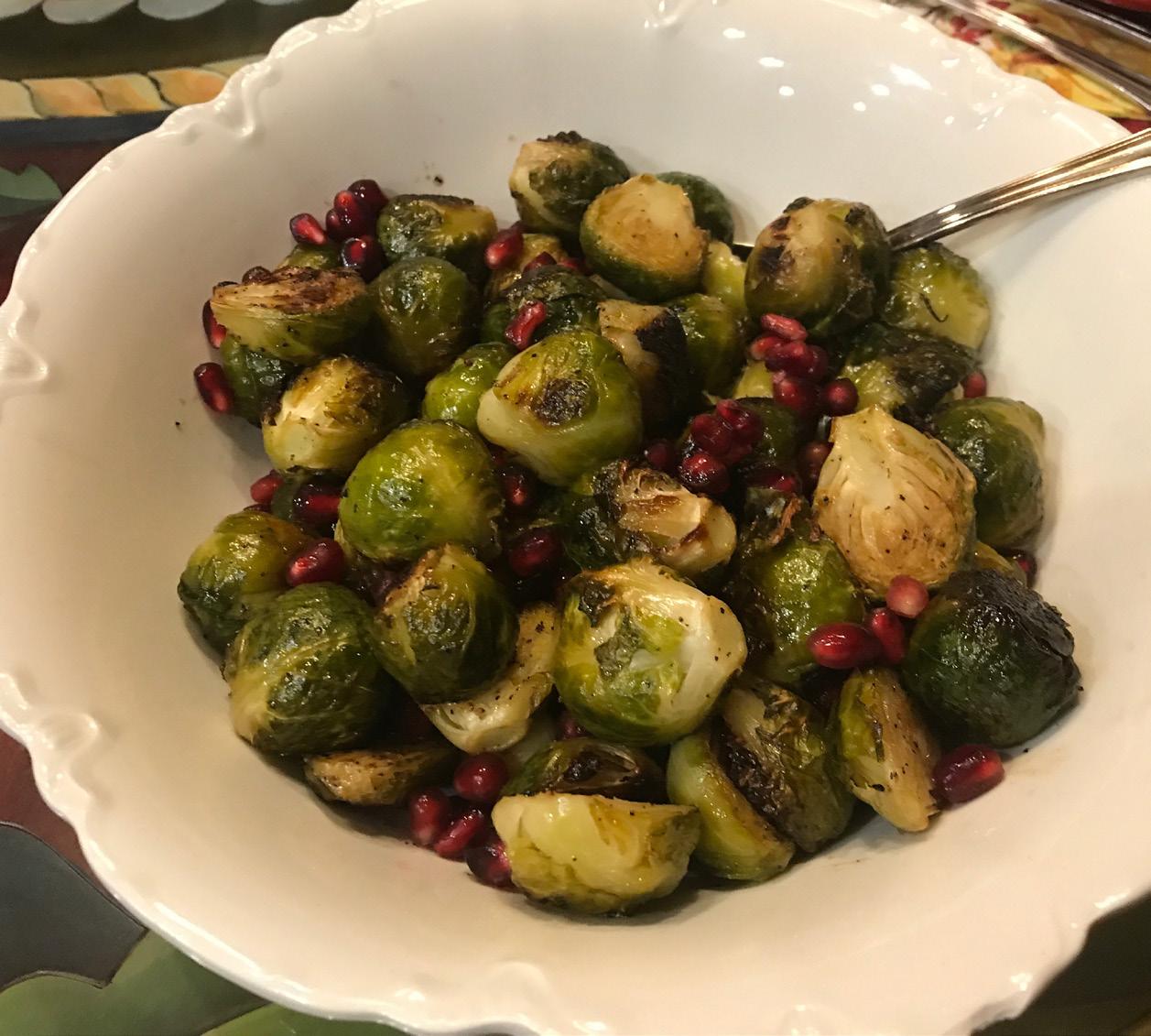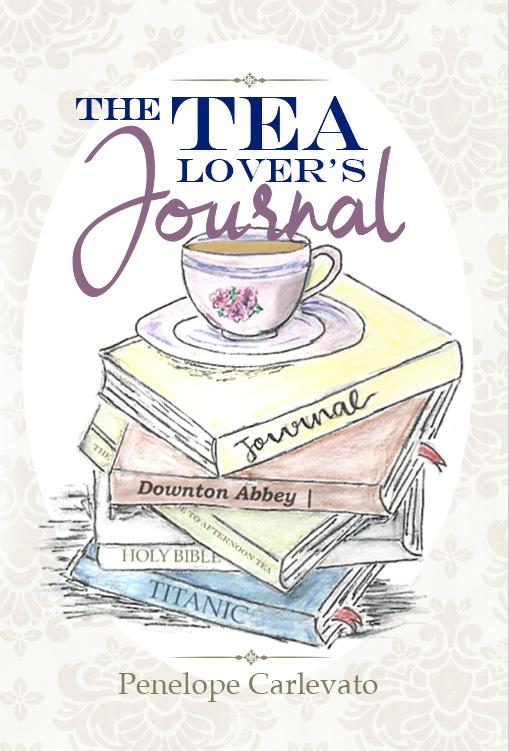
4 minute read
Rekindling the Joy of Christmas Past
REKINDLING THE JOY OF CHRISTMAS PAST


PENELOPE CARLEVATO | PENELOPECARLEVATO.COM
CAROLING ON CHRISTMAS EVE, TRIMMING THE TREE AND LISTENING TO CHRISTMAS SONGS ARE PART OF MY FAMILY’S TRADITIONS. We also make a gingerbread house, buy an Advent calendar, and celebrate Boxing Day! We read the Christmas story on Christmas Eve, watch quintessential Christmas movies on television and hide Elf on the Shelf.
Like many families, these traditions are passed on from one generation to the next, and we occasionally add new ones. But the custom of singing the familiar carols is my favorite. Christmas carols play a big part in many traditions. Thanks to modern technology, we hear them everywhere: while driving, baking Christmas cookies, shopping in the mall, dining in restaurants and, of course, in church. I find myself singing along with Bing Crosby, Mariah Carey, Elvis Presley, Justin Bieber and numerous other performers as Christmas creeps closer.
Christmas carols are in every genre of music, and we sing along without really thinking of the words. They are like an old piece of furniture — they have been around so long we are used to them. We sing the words but don’t pay much attention to the meaning or who wrote them. Many carols we sing today date back hundreds of years and were initially written to celebrate the winter solstice, a pagan celebration. Some carols or hymns were written in Latin in the fourth century and sung by monks in seminaries. The words and tunes often found different versions as troubadours and singing minstrels went from region to region singing the carols. They were often part of street singing and not part of a religious service. Between
1649 and 1660, Christmas carols were banned by Oliver Cromwell, who believed that Christmas should be a solemn day and not a day of rejoicing. In 1834, Christmas and the singing of carols received a massive boost as Queen Victoria and her husband, Prince Albert, reintroduced Christmas carols and the Christmas tree as part of the yuletime festivity.
But it was probably Charles Dickens, who wrote A Christmas Carol, in that same year that turned things around for yule celebrations. His views as a social reformer and his celebrity status helped inspire the image and principles of a traditional Christmas. The “spirit of Christmas” was popularized and has impacted Christmas all over the world forever. Many of the traditional carols we sing today portray that message and were originally hymns and psalms that have become part of our traditions. What better time to share the birth of Christ than in the singing of Christmas carols with your family and friends and keeping the tradition alive.
Brussels sprouts were a big part of our Christmas tradition. They weren’t a favorite as they were usually over-cooked and boring, but I felt I should keep the tradition alive. Most of the time, just my husband and I ate them! Several years ago, our daughter had roasted brussels sprouts at a restaurant and was amazed these were the same hated vegetables! So, I continue the tradition, and almost everyone enjoys them now, especially as appetizers. Roasting the sprouts brings out a pleasant sweet flavor to this loved or not-so-loved veggie — crispy on the outside and tender inside.
Roasted Brussels Sprouts with Pomegranate Seeds
2 pounds of brussels sprouts ¼ cup of olive oil 1 tsp Kosher or sea salt ½ tsp black pepper 1 teaspoon garlic powder 3/4 to 1 cup of pomegranate seeds 1/3 cup maple syrup Preheat oven to 400ºF.
Wash the brussels sprouts and remove the outer leaves that are wilted or brown. Cut off the stems of the sprouts and cut the larger sprouts in half. Combine the sprouts with the oil, salt, garlic, and pepper in a bowl or bag and toss to coat the sprouts.
Layer a large baking sheet with parchment paper and spread the sprouts onto a single layer. Roast for 15 minutes, then stir and turn over sprouts. Continue roasting for another 15 to 20 minutes, moving the sprouts around to avoid burning. Continue to cook until they are dark brown on the edges.



Find great recipes like this in Penelope’s recent release, The Tea Lover’s Journal. Available autographed from penelopecarlevato.org.










